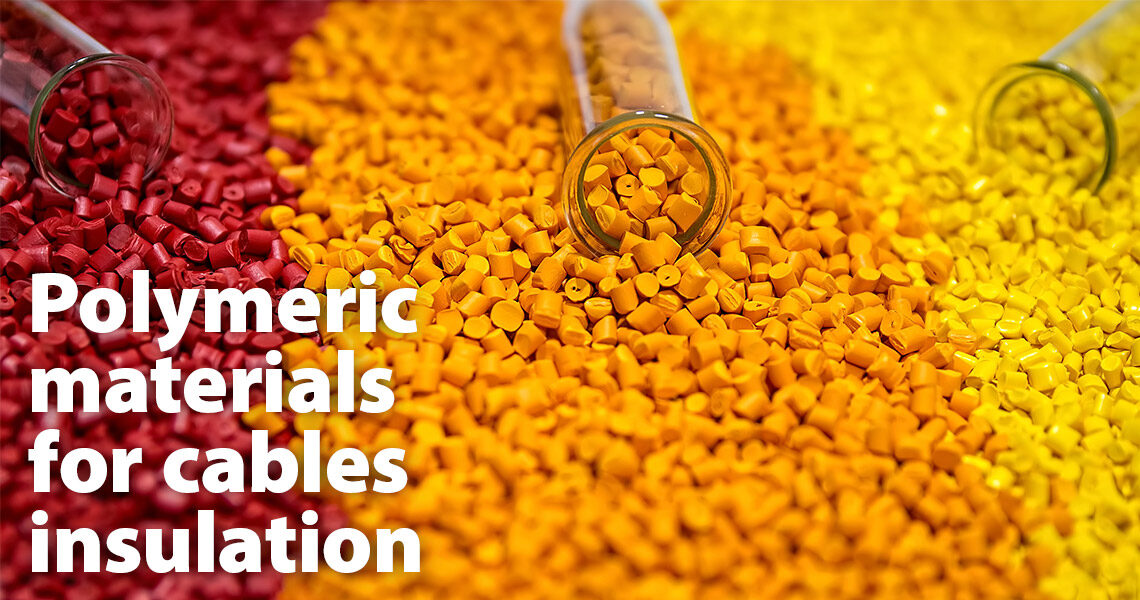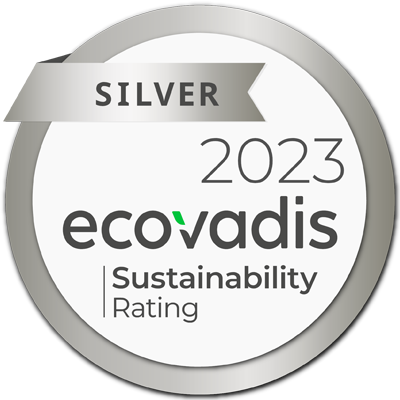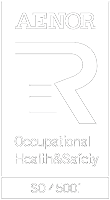- Family: Thermoplastic
- Use: Sheath or Covering
General characteristics
Polyethylene is an important part of the Polyolefin family; it is a thermoplastic obtained by the polymerisation of ethylene derived from oil. It was first produced commercially in the late 1930s
Popular polymerization techniques using catalysts such as the Ziegler-Natta, and, more recently, metallocene technology which produces a much more homogeneous material, have allowed polyethylene of a wide range of densities and molecular weight to be produced to precise specifications. Polyethylene’s now in common use have densities in the range of 0.87 g/cm3 and 0.97 g/cm3, which covers those products and are generally identified as linear low density (LLDPE), low density (LDPE), medium density(MDPE) and high density (HDPE). The higher the density of the material, the greater the crystallinity and, therefore, the greater the hardness and stiffness. Materials with densities below the above range become softer and eventually become waxes.
However, it should be noted that these broad classifications are being subdivided into more detailed classifications as polymerisation techniques are refined, polyethylene is now produced in very low-density and ultra-high molecular weight versions.
Primarily polyethylene is used as a sheath because of its toughness and excellent water resistance, though it also has good resistance to chemicals and some solvents. However, it has only moderate resistance to oils and, although classed as halogen-free has the disadvantage of being flammable. Low-temperature performance is very good.
As manufactured polyethylene’s are typically white waxy material, having excellent water resistance combined with a tough, very low co-efficient of friction surface which makes the medium and high-density grades ideally suited as sheaths on power cables which have to be drawn into ducts
Processing
Polyethylene sheathing compounds are usually of the medium or high-density type. They usually contain few additional materials, just colouring pigments, copper pacifiers and stabilisers, which explains their excellent electrical characteristics.
Like PVC compounds, polyethylene’s are one of the easiest materials to colour and extrude, being applied by conventional single screw extruders using cooling troughs, although usually, the cooling trough must have graduated cooling zones to prevent rapid contraction, causing voids and locking extrusion stresses in the material in RF and other thick wall cables.
Use of material/Cable types
MDPE and HDPE are popular as sheathings or coverings for both Energy and Telecommunication cables, which are to be buried or drawn into ducts during installation. With the move away from lead sheaths Polyethylene is becoming the preferred sheathing material for installations where moisture or water are present continually, or for long periods of time. MDPE and HDPE coverings also provide corrosion protection in installations where this is a problem. Because of its excellent water resistance, some engineers also prefer to use polyethylene sheaths on “dry” design subsea and umbilical cables. However, when used as a sheath or covering which will be exposed to UV, polyethylene sheaths must be compounded with carbon black or, if coloured, UV stabilisers.
MDPE or HDPE is a popular choice of extruded covering over aluminium, copper and lead-sheathed cables to act as both corrosion and mechanical protection.
Although when used as insulation, the continuous operating temperature of uncross-linked polyethylene is usually limited to 70oC, there are grades of MDPE and HDPE compounds suitable for sheathing cables operating with a continuous conductor temperature of 90oC without sacrificing any of their low-temperature properties.
Unlike PVC sheathed cables which should not be installed or flexed when the temperature is below 0oC polyethylene sheathed cables can be safely installed at sub-zero temperatures.
These various properties make MDPE or HDPE sheaths popular with DNOs and Telecom service providers.
STANDARDS
Polyethylene insulations are included or referenced in the following standards:
- IEC 60092 – series
- IEC 61196
- BS IEC 60096
- BS EN 61156
- EN 50098
- EN 50173
- EN 50288
- BS EN 50290 – series
- EN 62012
- PAS 5308 Part 1
List of Polymeric materials for cables used:
- Chlorinated Polyethylene – CPE
- Chloro Sulphonated Polyethylene – CSP
- Crossed Linked Polyethylene – XLPE
- Ethylene Propylene Rubber – EPR and EPDM
- Fire performance Silicone Rubber
- General Purpose Silicone Rubber
- LSZH Cross linked
- LSZH Thermoplastic
- Nylon
- Polyethylene
- Polyethylene – PE
- Polyvinyl Chloride – PVC Insulation
- Polyvinyl Chloride (PVC) Sheath
- PVC Nitrile










